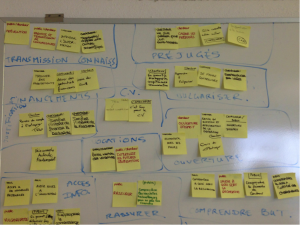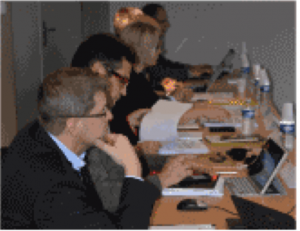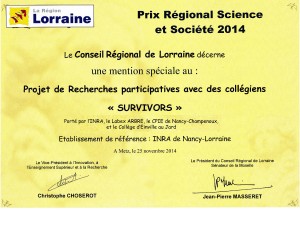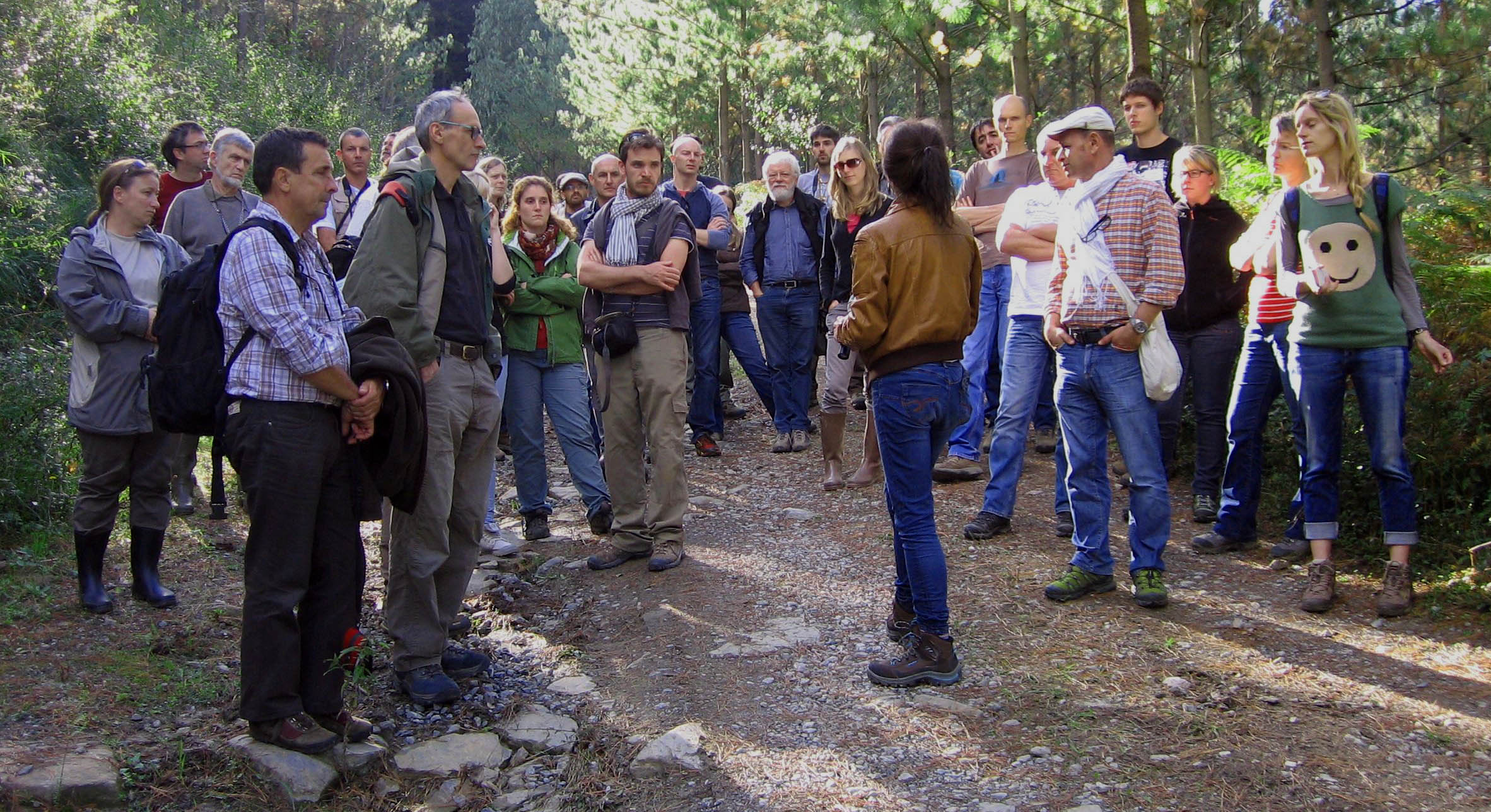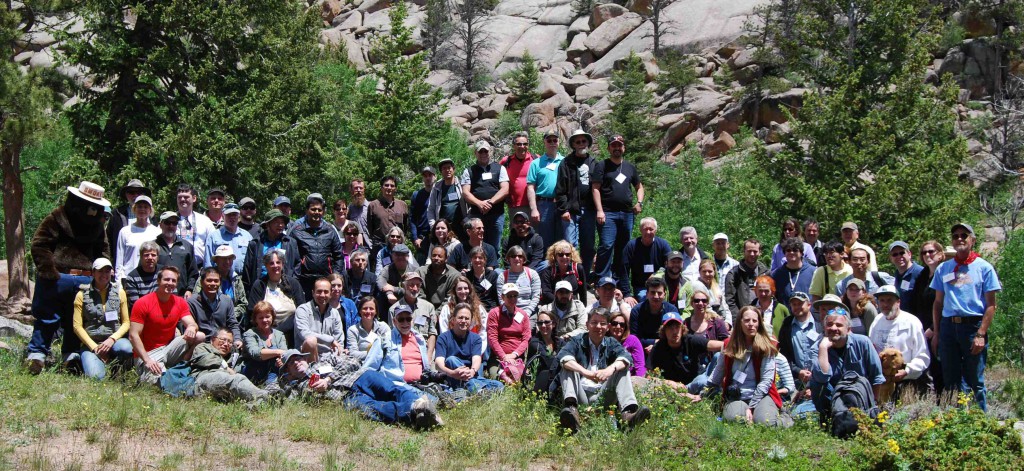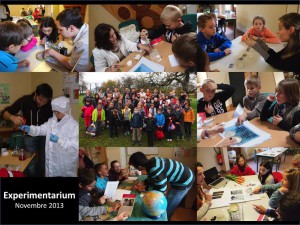
2015 marks the second year for “Science and Mediation”, a cross-disciplinary doctoral program jointly offered by the University of Lorraine, LabEx ARBRE and INRA, in partnership with the associations Paris-Montagne and La Vigie de l’Eau.
The Association Paris Montagne, based in Paris, is a program geared to making science and research accessible to youth from disadvantaged and isolated areas. La Vigie de l’Eau offers a meeting place and educational center for the general public, students and researchers in Vittel.
On January 12-13, the Science and Mediation program welcomed back 29 doctoral students from eight doctoral schools associated with the University of Lorraine. The diverse range of disciplines and fields of research represented within the program has considerably enriched discussions and exchanges.
The program includes an introduction to scientific mediation punctuated by a debate on the question “Why is scientific mediation important?”, as well as work on the scientific approach and presentations by each PhD student in which they present his or her work to non-specialized audiences (highlight profiles of doctoral students who have completed the program are available at the following address : http://eureka.lorraine.eu/jahia/webdav/site/eureka/shared/simpleviewer/110616_fr/index.html.
For details about the content and organization of the program, please follow the following links :
Science and Mediation doctoral program_Part 1
Science and Mediation doctoral program_Part 2
